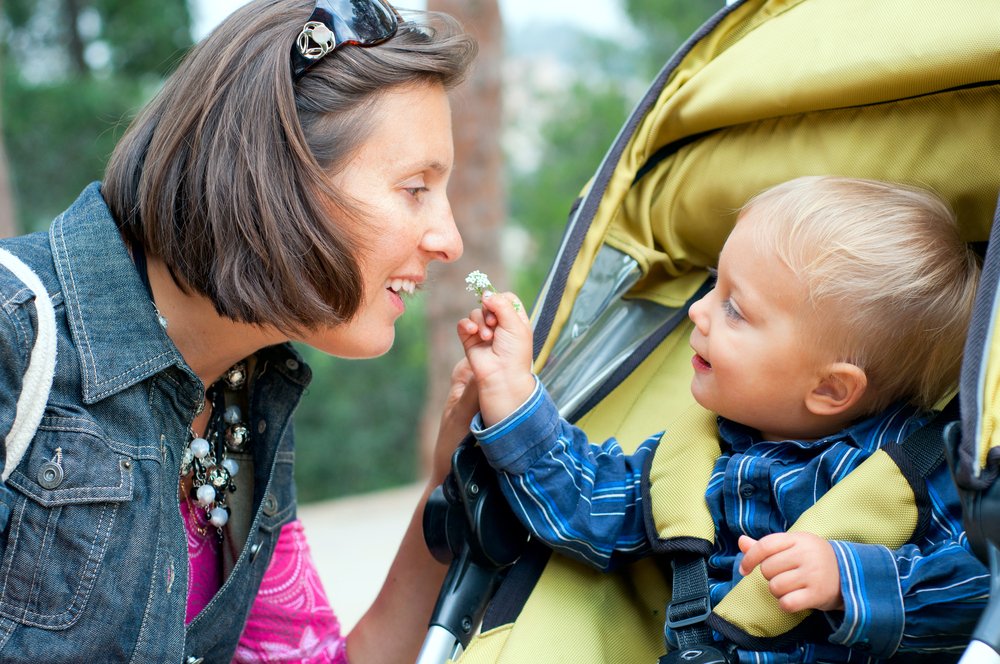Key points:
1. A two-year-old’s receptive language is developing rapidly, understanding around 200-300 words.
2. Receptive language is the ability to understand words and their meanings.
3. To enhance receptive language, make eye contact, use slightly advanced words, and employ visual aids.
4. Reduce distractions and encourage your child to ask for clarification if they don’t understand.
Your two-year-old’s language development is blooming. They now probably have an active vocabulary of approximately 50 or more words, and understands most of what you say to them. This is called receptive language, or the ability to understand the meaning behind words. Specifically, at this age most children understand between 200 and 300 words, adding as much as 10 new words a day. By the time they turn three, your little one will probably understand around 900 words. These will include adjectives, common verbs, and prepositions like over and under.
Children’s receptive language develops when they gain information from their environment (like their routine, visual cues, sounds, spoken words, written words, and more). They are constantly absorbing and learning. The building blocks for receptive language are attention and concentration, communicating through gestures, social, and play skills (engagement in self-motivated activities).
Do you feel like your little one doesn’t understand what you say to them? Try the following to develop their receptive language:
- Be face-to-face and make eye-contact with your child before giving them an instruction, making sure you have their attention.
- When talking to your little one, use words just a little bit more advanced than their expressive language or the words they normally use.
- Use body language and facial expressions as visual aids to help your little one comprehend what you’re trying to say.
- Reduce distractions by turning off any background noise when you are talking, like the television or music.
- Encourage your little one to ask for you to clarify or repeat what you said if they don’t understand it at first.
NOTE: Now you know that your little one understands most of what you say! So, it’s a good idea to keep this in mind when you are talking about them when they are around.








